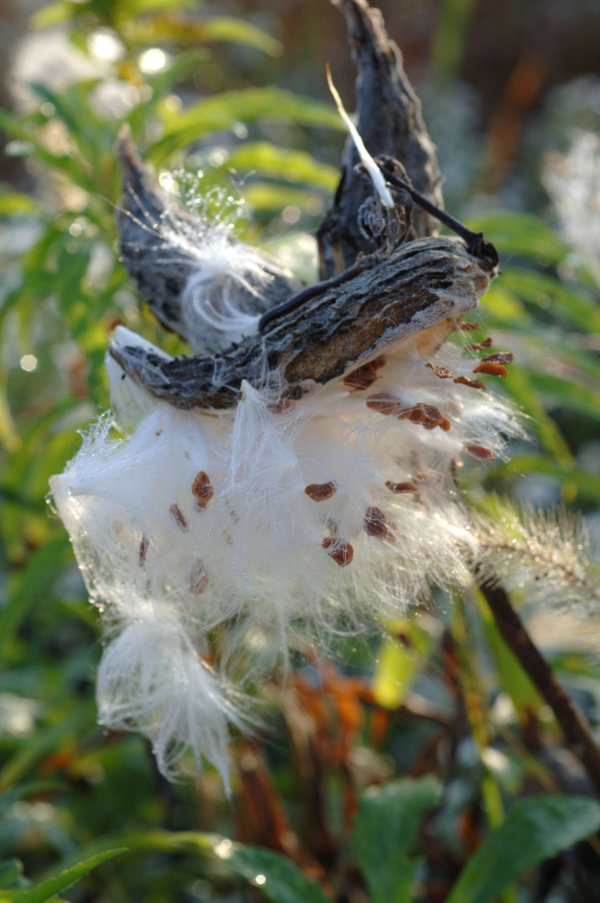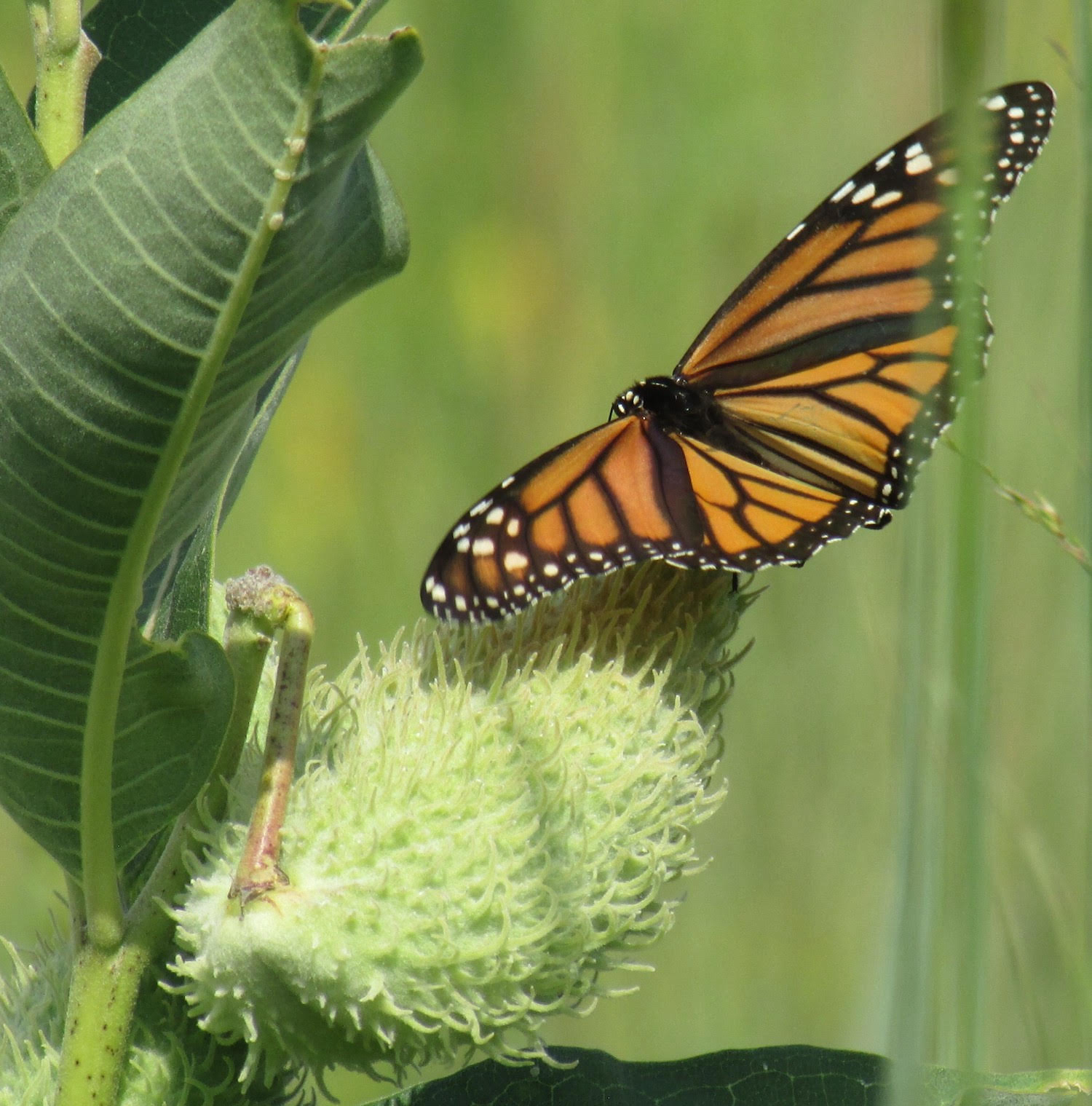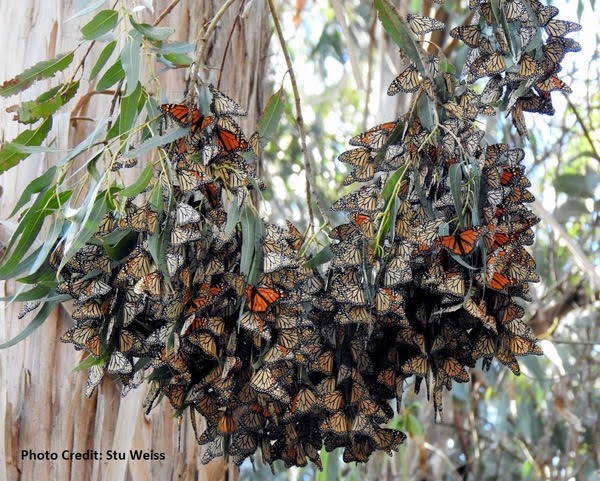North American Butterfly Association strives to elevate conservation efforts


“If we can save butterflies, we can save ourselves” is more than a slogan. Agricultural sustainability, urban development, habitat fragmentation and contaminants become evident in butterflies as a precursor to what’s to come for people.
The crown jewel of NABA’s efforts is the National Butterfly Center in Mission, Texas. The 100+ acre facility is home to native plant gardens with more than 200 species of butterflies present. The climate of the site makes visiting year round a spectacular experience. The Center allows the organization the ability to educate the general public about butterflies while providing a laboratory to researchers. The site will be home to the 2016 Biennial Members Meeting in conjunction with the Texas Butterfly Festival. For more information about the event visit: http://texasbutterflyfestival.com/
NABA Chapters work locally to institute projects that benefit butterflies, hold nature walks, collect data, study ecology and bring the natural world into the classroom. NABA’s Butterfly Garden and Habitat Program can help you create a paradise for butterflies while encouraging habitat restoration, no matter the size of your area. Plan your garden with the Basics of Butterfly Gardening. Learn which native plants are suitable for gardening in your location with Regional Butterfly Garden Guides. Show your commitment to increasing butterfly populations and educating others through NABA’s Butterfly Garden Certification Program. Explore essential native butterfly garden plants selected by NABA’s butterfly gardening community with Butterfly Garden Plants.
Census information about the population size and distribution of butterfly species is collected each year. Butterfly Count data are used to determine shifts in range and quickly identify any butterfly declines. The organization continues efforts to document native and non-native plants used by butterflies in North America and study the relationship between invasive species, disease, predators, pesticides and other sources of mortality. NABA’s Names Committee is the leader in standardizing how species scientific and common names are assigned. Consensus on naming is important to improve consistency and accuracy of taxonomy.
NABA is involved in partnerships, like the Monarch Joint Venture, intended to enhance science-based management of migratory and resident butterfly species. Sharing the latest scientific knowledge and providing evidence in threatened or endangered species listing decisions is something NABA feels is important. Identifying funding and implementing a real strategy to recover rare butterfly populations is paramount. NABA is ramping up on-the-ground conservation efforts through applying for grants and soliciting donations to support mission-driven projects.





